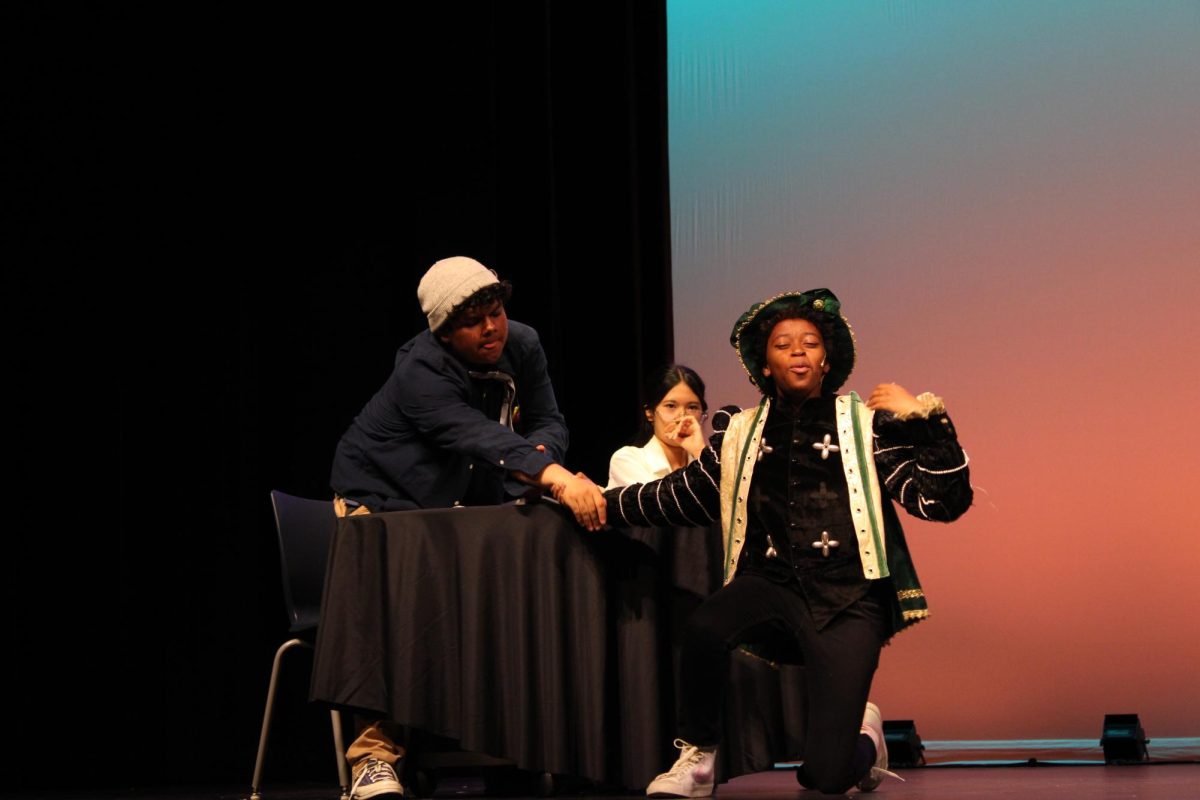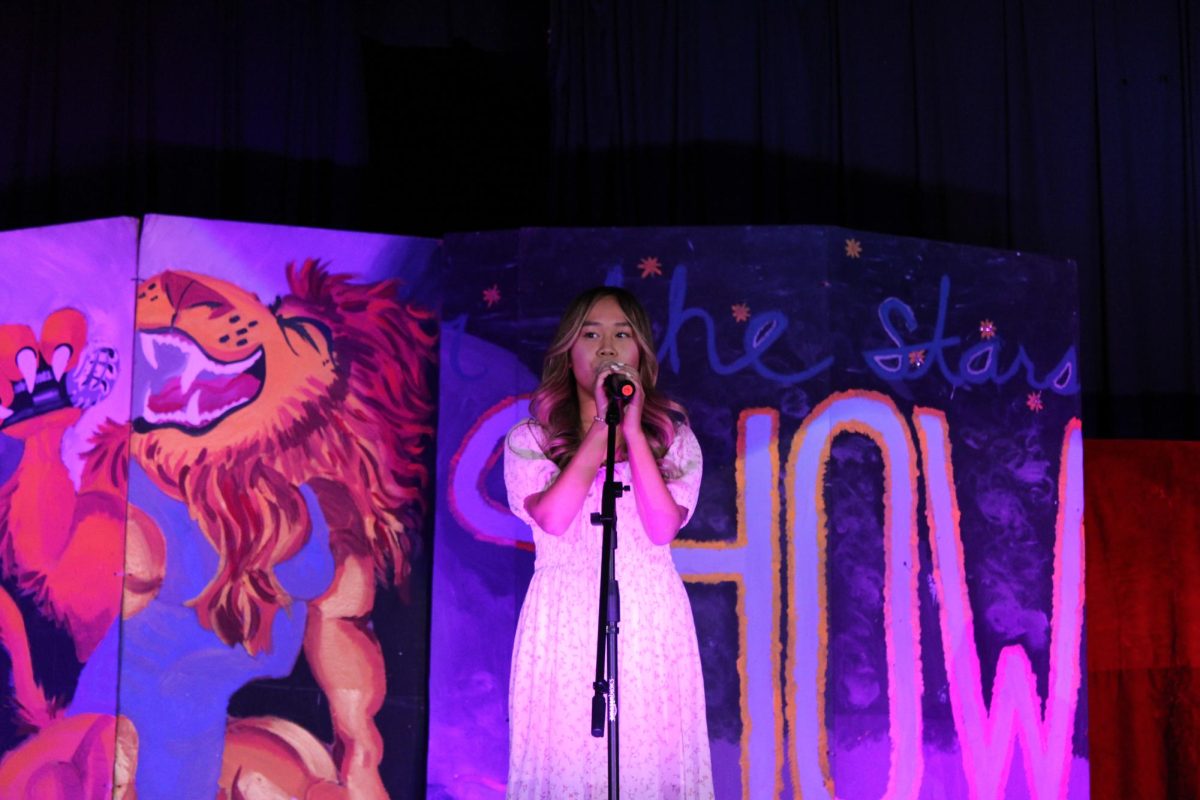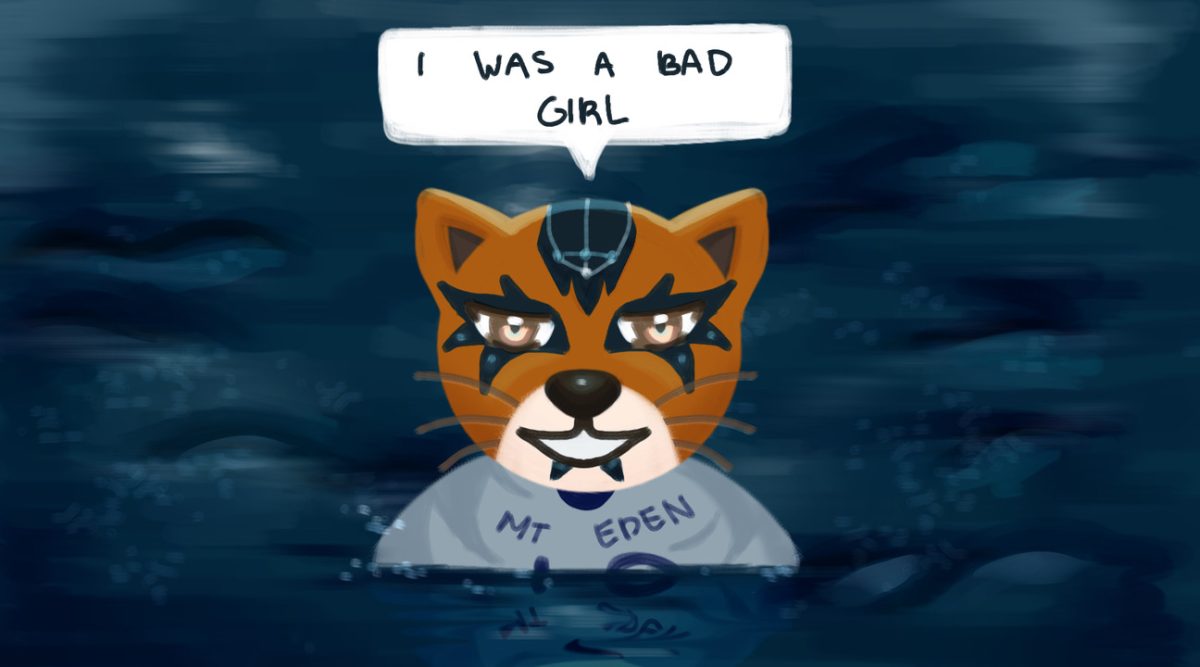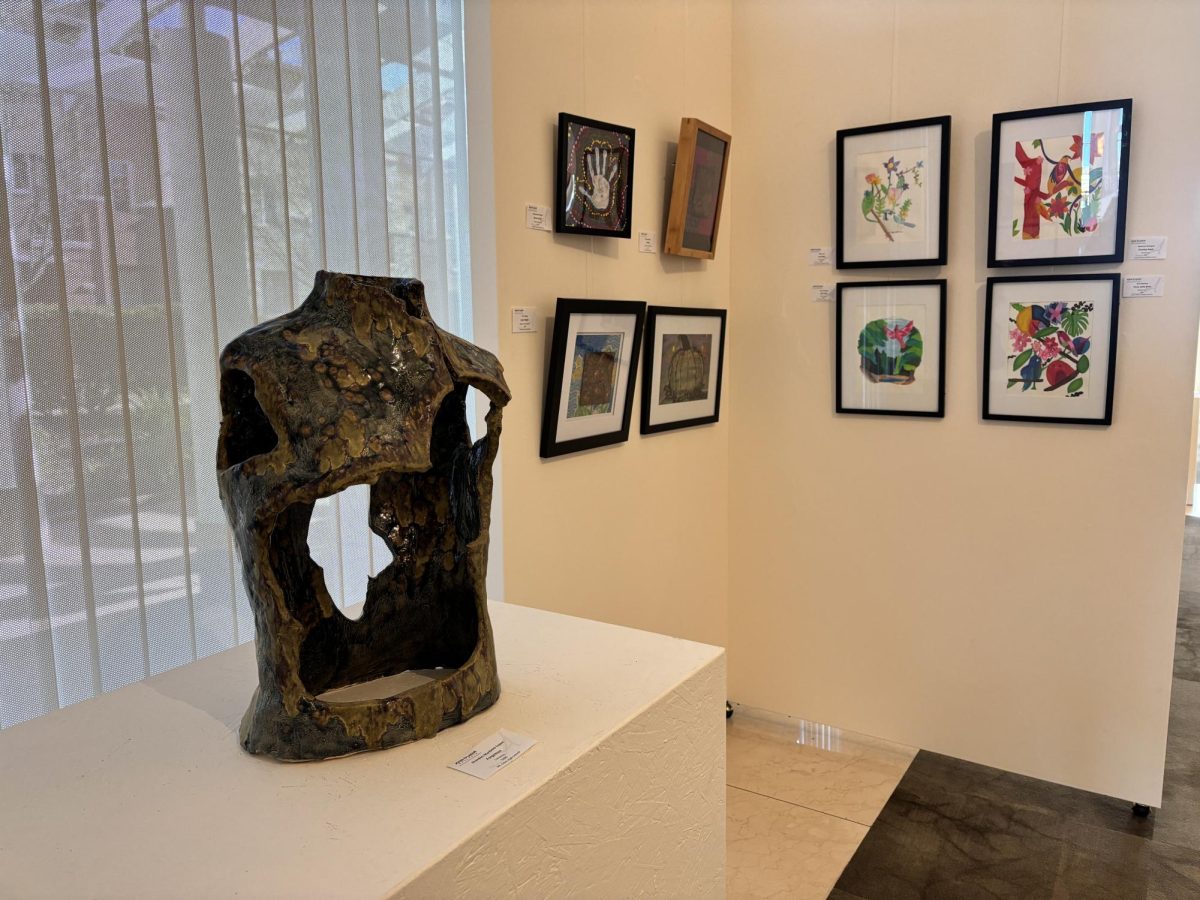“How many hours do your students generally spend on one art piece?” I ask Carrie King, the AP Drawing teacher at Mt. Eden High School. She answers: “About thirty hours for most students.” With a variety of art assignments throughout the year, all of Ms. King’s students are expected to pour this large amount of time and effort into each piece, unlike regular 30 minute to 1 hour assignments.
In other examples, students of 3D design, pottery, or dance spend multiple days to even months developing their art. In most cases, artists feel motivated to spend large amounts of time on their work, but even some of these artists don’t know where this supernatural ambition comes from.
MEHS has always offered a wide variety of Visual and Performing Arts (VAPA) classes. Classes like Dance, Music, Theater, Ceramics, and Photography are all offered as alternative classes to the regular Art P. To begin understanding the minds of art students, we first need to know how they value art.
A study by Shaun A. McNiff interviewed 100+ children, professionals, and adult artists and asked them what motivated their art. The main motivation she found was the natural need for creative expression, stating that “just as food, drink, and shelter are necessary for survival of the body, art is essential to the survival of the spirit.”
After that came a variety of other reasons:
- Practical necessities such as an artist’s need to earn money
- Use art to confront and deal with fear, pain and evil
- The desire to use the arts as a means of changing society and as a way to establish moral standards, such as confronting issues of war or starvation
- The drive to develop one’s artistic skills
While many of these fall under the consensus that art is an inherited or unconscious talent or passion, out of the artist’s control, McNiff claims differently. Instincts and sensory drives play a role in an artist’s motivation, but he/she can activate their creativity through intentional actions like making goals, wanting to develop their skills, and controlling environmental conditions like feedback or recognition. She calls this “intuitive creativity.”
Mt. Eden has a multitude of talented artists who each have different motivations and opinions toward art. “The creative process of coming up with ideas, practicing with materials and techniques, looking at how other artists or materials, experimenting with different designs for your idea, and actually creating it is a magic.” King continues. Although it’s frustrating when her creations don’t come out as intended, overcoming those challenges helps motivate her even more by evoking a sense of accomplishment.
Moreover, she says that art for her can be both unconscious and intentional—when she “gets in the meditative zone,” or when she uses art as a self-care activity. She compares this feeling to reading a good book and losing yourself in its story, when you think it’s been 10 minutes but it’s really been an hour. Most of her AP Art students feel the same way, and, after long sessions of drawing or painting, she often has to remind them that class has ended.
However artists think about their art internally, public acknowledgement and exposure seems to play an important role in motivation too. Art may be seen as best through the process, but King believes that art is “meant to be seen and interpreted by the viewer… letting someone else experience it and come up with their own opinions.” It is, after all, a purely visual form of communication.
Similarly, the president of the Art Club at MEHS, Natalia Ramirez, feels that her motivation in art and dance stems from other people experiencing and feeling heartfelt emotions towards her performances or art pieces. Imagine preparing for an event or working on a project for multiple months, sacrificing all that effort toward one, intense showcase of skill and passion—that is the “art experience” for Ramirez. “When I’m dancing, I like it when people feel happy or sad about that dance, depending on the music.”
Locally, high school students showcase their art in galleries like the Sun Gallery or the Mt. Eden Gallery of Art (MEGA). While an artist’s motivation and thought process can seem alien to a general audience, one of the most interesting/best characteristics of art is its ability to deeply communicate these personal passions with the audience. For any students interested in creative expression, you can experience our artists’ style and artistic process at the MEGA in L-4 any day after school.






